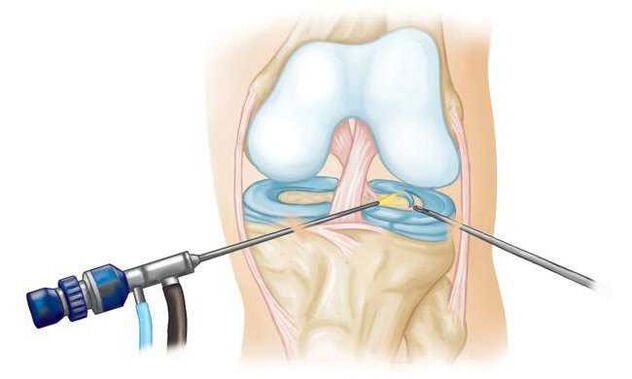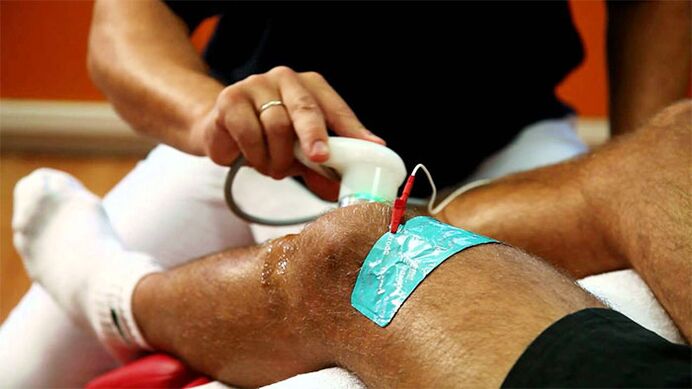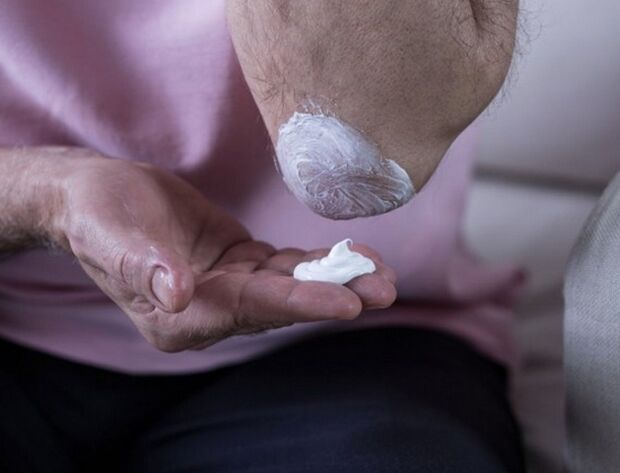

Main Trends in Modern Arthropathy Treatment
- lifestyle changes;
- medication correction;
- physiotherapy;
- Surgery.
- correct weight;
- Exercise therapy—exercises that eliminate static load on joints;
- Improve patients’ knowledge of pathology;
- use of additional accessories (joint bandages, insoles, canes or orthotics);
- physiotherapy.
- Neurologist: If you have intervertebral structural damage, nerve root syndrome, severe back pain caused by disease, etc. , you need to consult a neurologist;
- Infectious Disease Specialist: Rule out contagiousness of joint diseases;
- Oncologist: excludes malignant tumors of bone and joint tissues or metastases to these areas;
- Osteoarthritis Doctor: Rule out tuberculous nature of bone lesions.
- arrest the progression of the disease;
- The new joint does not participate in the pathological process;
- Pain decreases or disappears;
- There are no signs of inflammatory processes;
- Quality of life, motor activity, and work ability improved.
- persistent severe pain syndrome;
- Severe inflammation of joints and periarticular structures (skin in affected areas feels warm to touch, red, increases in size, painful, and limited movement).
drug
- Phase 1 – non-pharmacological correction methods, non-steroidal medications and medications to strengthen cartilage tissue;
- The second stage - non-drug correction methods, non-steroidal drugs and drugs that strengthen cartilage tissue, and intra-articular maintenance treatment;
- The third stage - non-pharmacological correction methods, non-steroidal drugs and drugs that strengthen cartilage tissue, intra-articular maintenance therapy, antidepressants;
- Stage 4 – Radical surgical intervention involves removal of affected tissue and installation of an artificial joint.
drug
- Painkillers.They are used to relieve pain, allow you to regain your range of motion, and improve your quality of life.
- NSAIDs.They can reduce joint pain, eliminate swelling and redness of soft tissues, normalize the temperature of the skin over the joints and restore range of motion.
- Chondroprotectant.They contain components of animal cartilage tissue that restore the structure of joints, periarticular surfaces, ligaments and synovial membranes. Slows the progression of the process and strengthens healthy joints.
- Narcotic analgesics.For emergency relief in severe pain. Admission time: once if necessary.
- Derivatives of hyaluronic acid.A sticky implant containing hyaluronic acid is inserted into the joint. It improves the condition of ligaments, synovium and soft tissues. Allows water retention, improves the condition of collagen fibers, makes tissues elastic and resistant to damage and destruction.
- Glucocorticoids.For severe inflammation. They allow you to effectively influence pathology and act quickly.

Use of ointments
- Contains nonsteroidal drugs;
- Contains salicylic acid;
- Contains capsaicin.

Traditional methods of treating joint disease
- Compress grated horseradish roots. Use daily, treatment course is 7-9 days. Place the film and warm cloth on top of the root pulp. The pressing time is 30 minutes;
- Use oatmeal dressing according to a similar principle. For this, a creamy flake paste is prepared. After the mixture has cooled, apply it to the joints;
- The honey compress can be left on overnight. Field honey is best;
- Apply cabbage leaves coated with honey on the affected joints. Fix and leave overnight;
- Mix chalk powder with thick yogurt. Apply to the seams, wrap with film and lay a warm natural cloth on top. Leave the compress on overnight.
diagnosis
- Clinical diagnosis, including the results of examination and questioning of the patient;
- Diagnostic X-rays, which examine healthy joints and affected joints and compare their conditions;
- Laboratory methods allow you to exclude other pathological causes;
- synovial fluid analysis;
- Ultrasound to detect soft tissue inflammation;
- Tomography allows for a more detailed study of soft tissue and periarticular structures.























